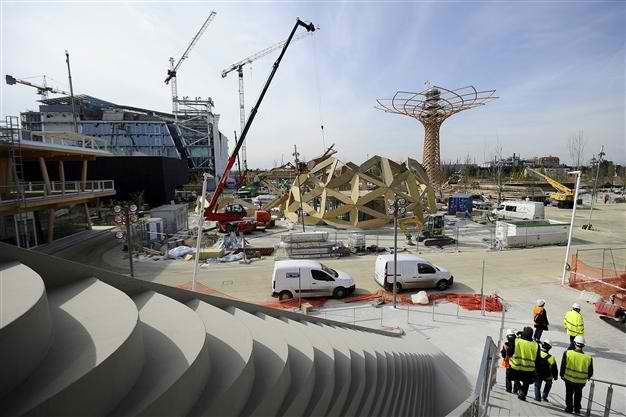China’s first exposition pavilion abroad, whose design takes inspiration from nature, will debut on May Day in Milan.
The pavilion comes after Germany's when it comes to size, occupying an area of 4,590 square meters.
This year's Milan Expo theme is centered on food and agriculture, aiming to promote food security and better lifestyle.
Tsinghua University's Academy of Arts and Design provided the nature-themed design of the country's pavilion, based on the "land of hope" idea. The country's natural resources and vast fields inspired the second-largest pavilion.
According to project leader Su Dan, the "root" of the design is Chinese agriculture.
"Chinese agriculture is heavily influenced by the thinking of 'man being an integral part of nature.' And we want to share that with the audience," remarked Dan, who is also the president of the environmental art council at Tsinghua University.
China's exhibition provides an avenue of introducing its most influential people when it comes to the field of agriculture. These include Yuan Longping, who developed the first hybrid rice varieties, and Song Yingxing, an encyclopedist and scientist during the Ming Dynasty (1368-1644).
The exhibition also offers a demonstration of the country's landscape during every season, and an explanation about the concept of "harmony" and its significance in agriculture.
The pavilion's architecture features a waving roof, covered with bamboo mesh, and an interior adorned with field imitations.
The visitors can enter the exposition pavilion on the southeastern corner and take an exit on the southwest. The waiting area is located inside the building installed with LED screens where they can watch and learn about an introduction to the country's agriculture.
Expo Milan, which will be participated in by over 150 organizations and countries, will run on May 1 until Oct. 31.






















